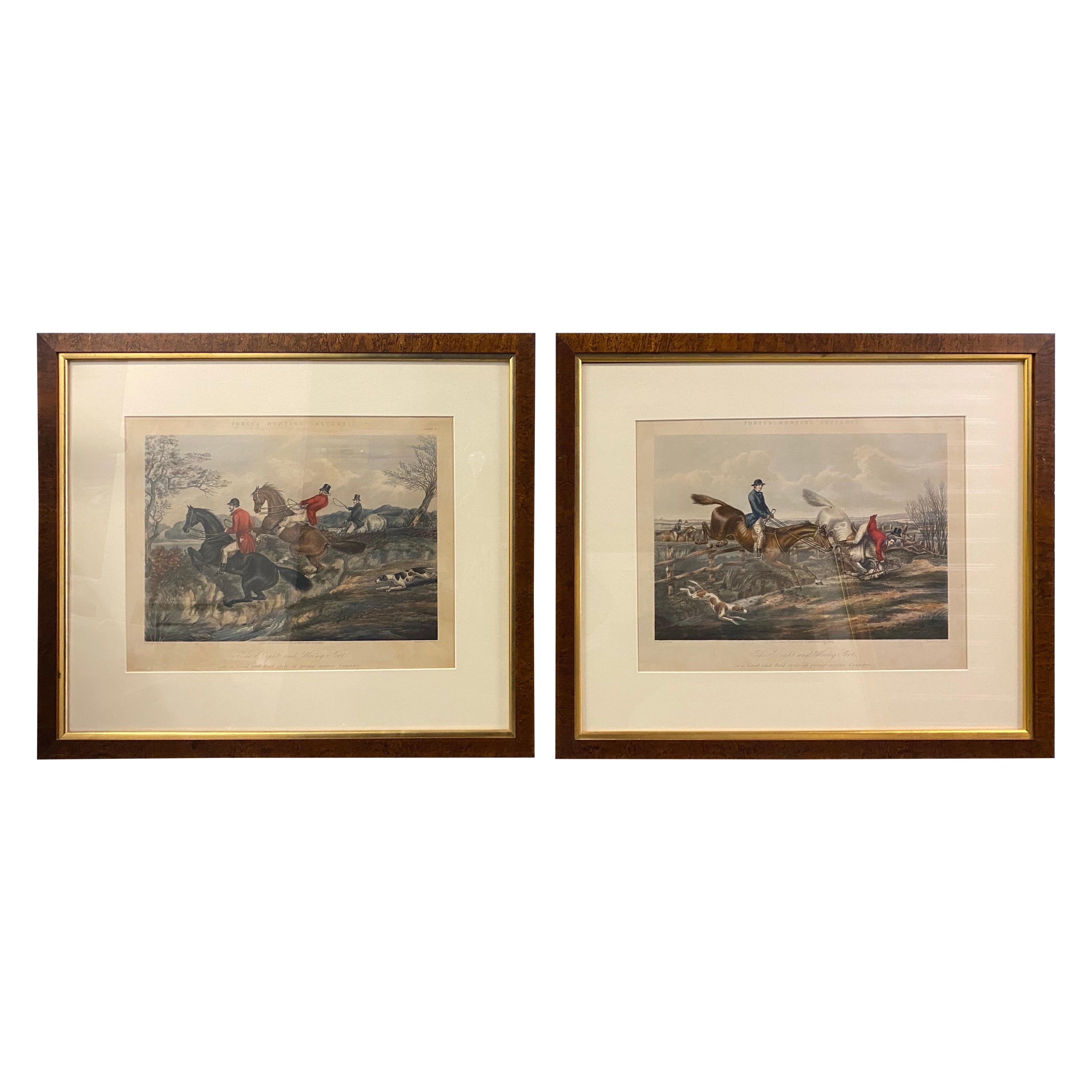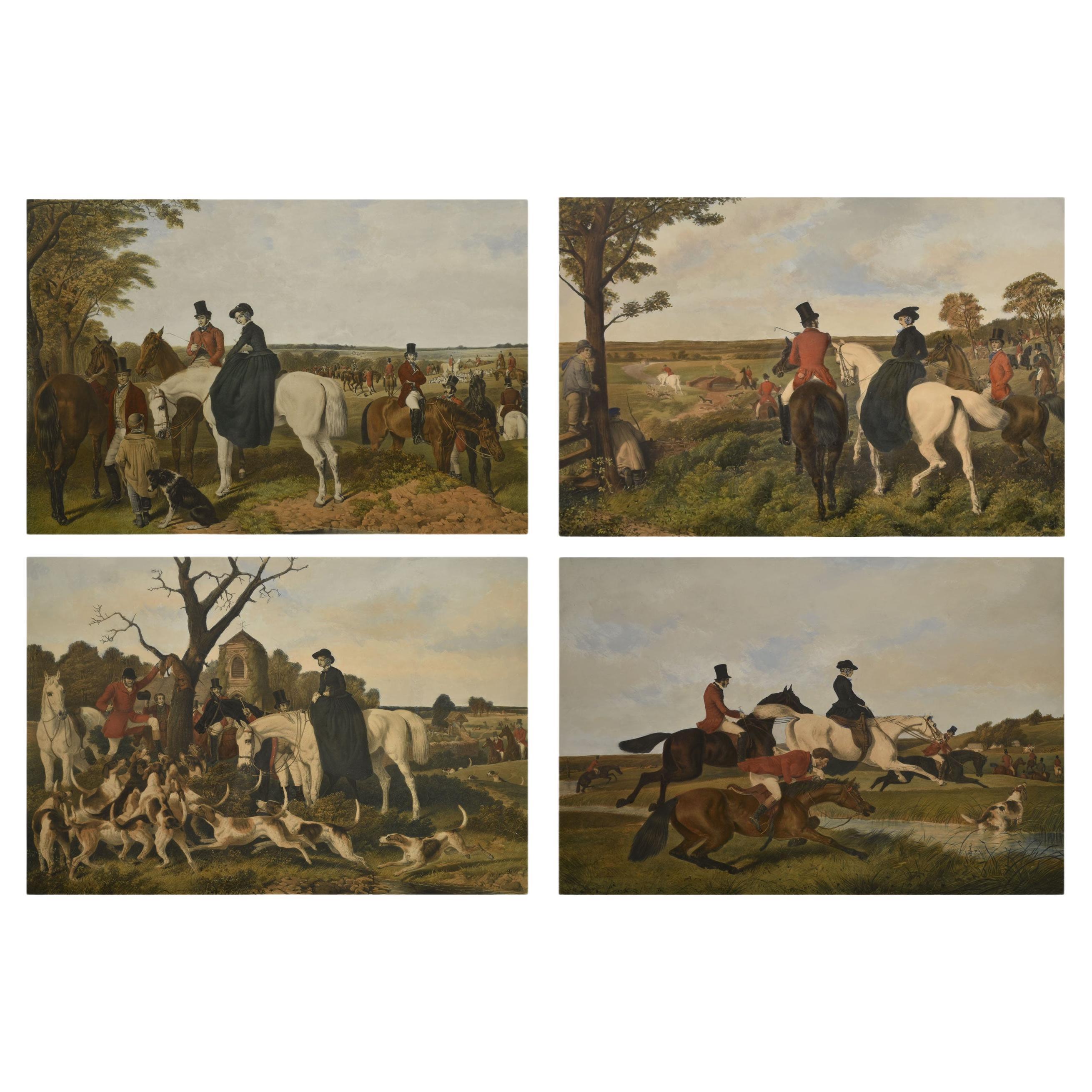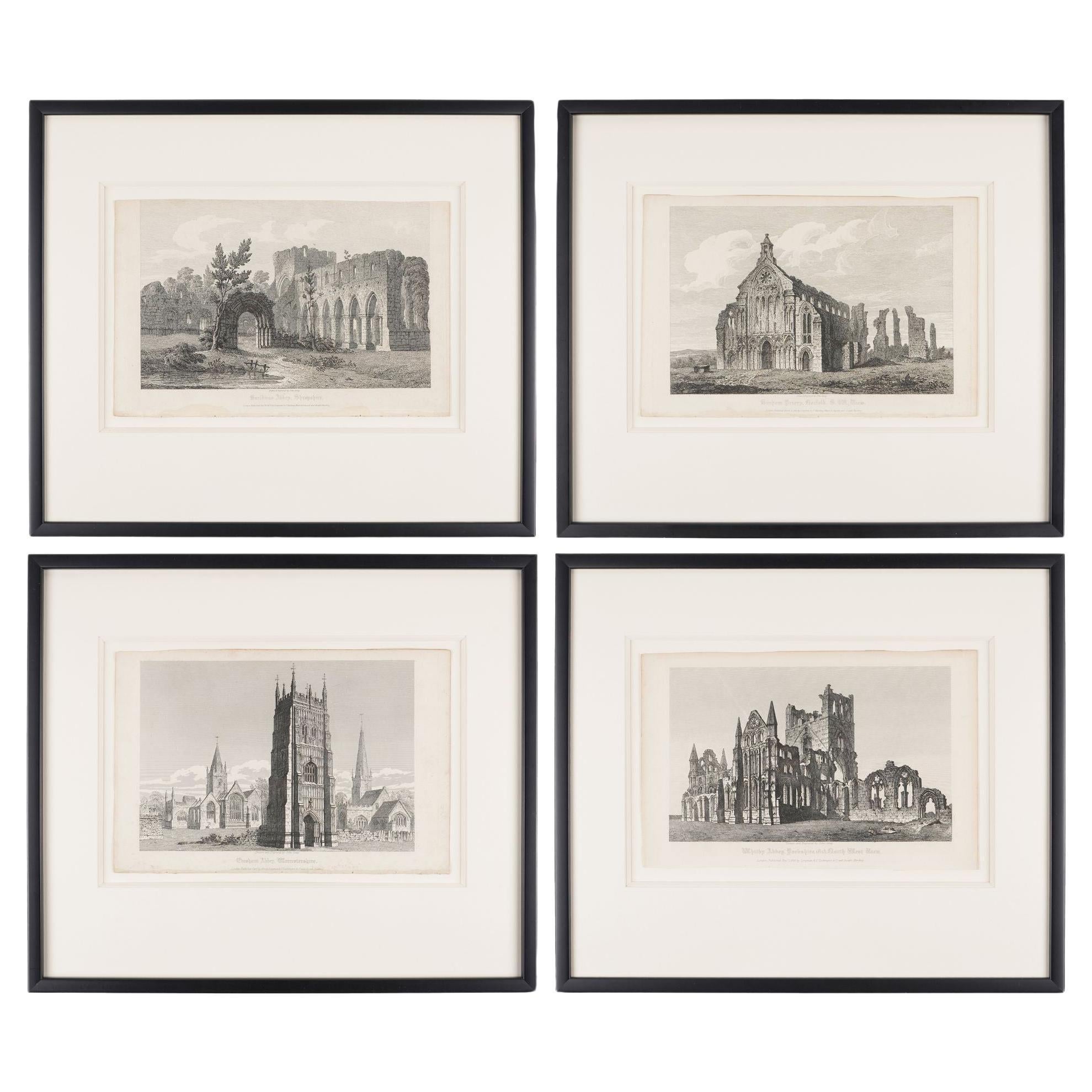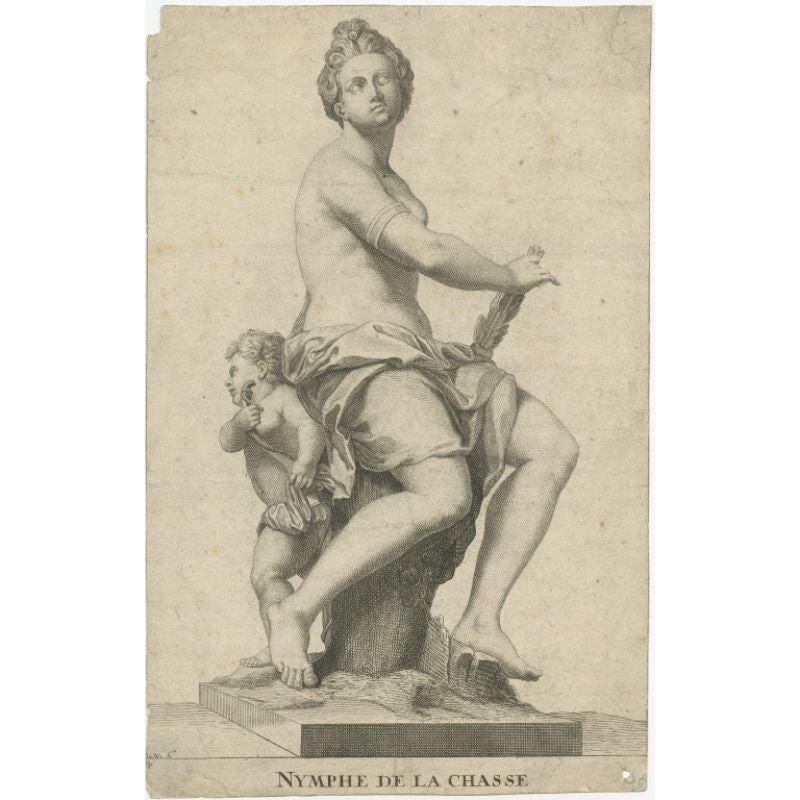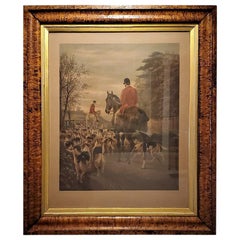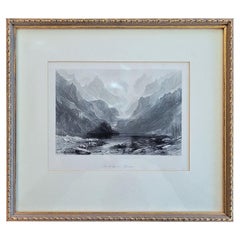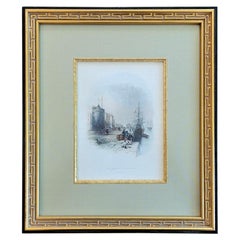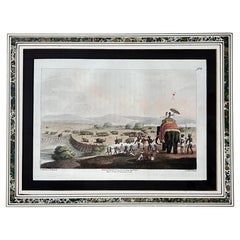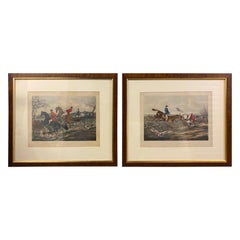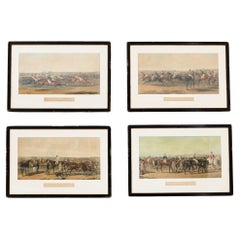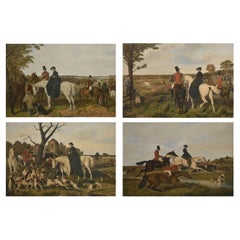Set of Four Original Engravings of Hunting Scenes by John Frederick Herring Snr
About the Item
- Creator:John Frederick Herring Sr. (Artist)
- Dimensions:Height: 27.5 in (69.85 cm)Width: 40.5 in (102.87 cm)Depth: 1 in (2.54 cm)
- Sold As:Set of 4
- Style:High Victorian (Of the Period)
- Materials and Techniques:Paper,Engraved
- Place of Origin:
- Period:
- Date of Manufacture:1850
- Condition:Wear consistent with age and use. Minor fading. The engravings have some condition issues, namely there is quite a bit of foxing in the original paper. However, this is consistent with their age.
- Seller Location:Dallas, TX
- Reference Number:1stDibs: LU3978111963671
John Frederick Herring Sr.
John Frederick Herring Sr., born in London in 1795, was the son of a London merchant of Dutch parentage, who had been born overseas in America. The first eighteen years of Herring's life were spent in London, where his greatest interests were drawing and horses. In 1814, at the age of 18, he moved to Doncaster in the north of England, and by 1815, had married Ann Harris. His sons John Frederick Herring Jr., Charles Herring, and Benjamin Herring were all to become artists, while his two daughters, Ann and Emma, both married painters.
In Doncaster, Herring was employed as a painter of inn signs and coach insignia on the sides of coaches, and his later contact with a firm owned by a Mr. Wood led to Herring's subsequent employment as a night coach driver. Herring spent his spare time painting portraits of horses for inns, and he became known as the “artist coachman.” Herring's talent was recognized by wealthy customers, and he began painting hunters and racehorses for the gentry.
In 1830, Herring left Doncaster for Newmarket, England, where he spent three years before moving to London. During this time, Herring might have received tuition from equestrian artist Abraham Cooper. In London, Herring experienced financial difficulties and was given financial assistance by W. T. Copeland, who commissioned many paintings, including some designs used for the Copeland Spode bone china. In 1840–41, Herring visited Paris, painting several pictures, on the invitation of the Duc d’Orleans, the son of the French King Louis-Phillipe.
In 1845, Herring was appointed Animal Painter to the Duchess of Kent, followed by a subsequent commission from the ruling Queen Victoria, who remained a patron for the rest of his life. In 1853, Herring moved to rural Kent in the southeast of England and stopped painting horse portraits. He spent the last 12 years of his life at Meopham Park near Tonbridge, where he lived as a country squire. He then broadened his subject matter by painting agricultural scenes and narrative pictures, as well as his better-known sporting works of hunting, racing and shooting.
A highly successful and prolific artist, Herring ranks along with Sir Edwin Landseer as one of the more eminent animal painters of mid-nineteenth century Europe. The equestrian paintings of Herring were very popular, and many were engraved, including 33 winners of the St. Leger and 21 winners of the Derby. Herring exhibited at the Royal Academy from 1818–65, at the British Institution from 1830–65, and at the Society of British Artists in 1836–52, where Herring became Vice President in 1842.
Find original John Frederick Herring Sr. paintings, prints and other art on 1stDibs.
(Biography provided by Isherwood Fine Art)
- ShippingRetrieving quote...Shipping from: Dallas, TX
- Return Policy
More From This Seller
View AllAntique Late 19th Century English Victorian Prints
Paper
Antique Late 19th Century Irish George II Prints
Wood, Paper
Antique Mid-19th Century French Victorian Prints
Paper
Antique Mid-19th Century Irish George III Prints
Paper
Mid-20th Century American Sporting Art Prints
Paper
Early 20th Century American Art Nouveau Prints
Paper
You May Also Like
Antique Early 19th Century English Prints
Wood, Paper
Antique 19th Century English Prints
Wood, Paper
Antique 19th Century English Victorian Prints
Wood, Paper
Antique Late 19th Century British Paintings
Paint
Antique Early 19th Century British Prints
Paper
Antique 18th Century Prints
Paper

